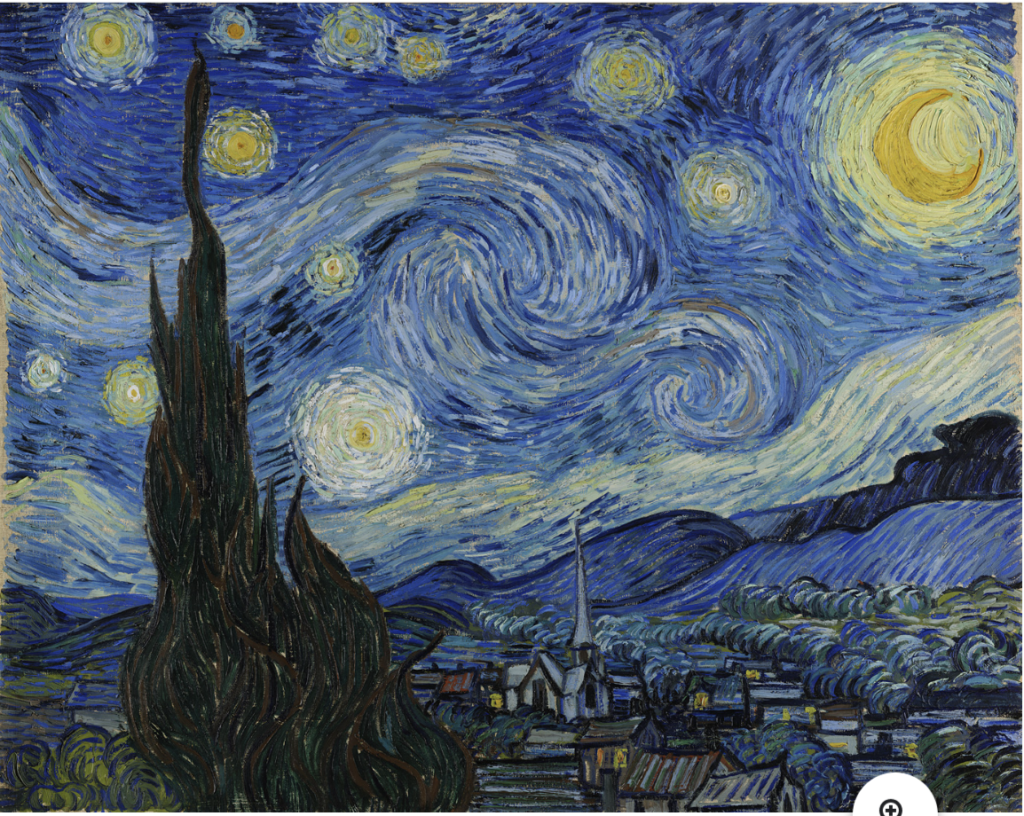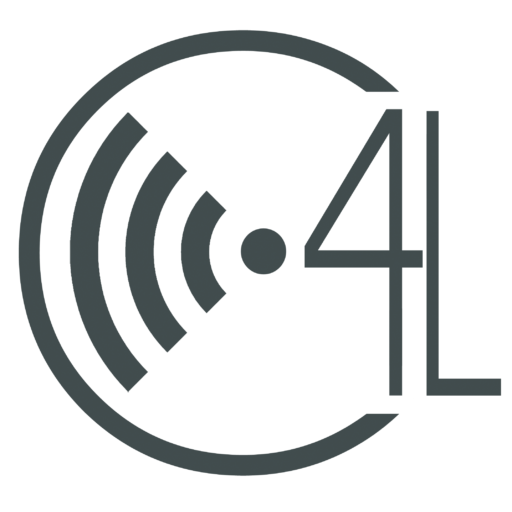In part two of ours Tech-Play-Test series we will examine ePortfolios and “folio thinking”.
Before diving into ePortfolios it is worth while to spend some. time talking about folios. Folio thinking is the acknowledgement that you can’t truly know what some knows or what skills they possess from traditional assessment tools. It requires a broader approach that can look at both learning/growth over time and the full breadth of skills, experiences, and knowledge one possesses. Also with folio thinking is an element of self reflection. A person with folio thinking is looking back on what they have accomplished and learned, and setting goals to propel themselves forward. They realize that there is more value in seeing themselves move over time instead of judging themselves from one snapshot in time.
Portfolios, wether electronic or physical, are an excellent way to live out folio thinking. Regarding the first point (assessment by others), portfolios are much more beneficial than traditional forms of assessment such as exams, essays, and homework. Though traditional forms of assessments can give a you a snapshot in time of how a student is doing on a specific skillset, they cannot, by their nature, tell a full story. Traditional assessments are meant to be norm referenced and comparative so they have to focus on narrow parameter. A portfolio can include those snapshots as part of a larger picture of a student.
Take this as example. Below is an extreme closeup of a piece of art. It is a snapshot of the picture from a very narrow parameter. It is ugly, undefined, and doesn’t really look like the artist knows what they are doing.

But if you zoom out and collect enough information you can see the whole picture.

To see and appreciate the genius of the work (or student) you need to see the whole picture.
As a learner portfolios are superior as well. They afford the learner the opportunity to receive feedback on their work as they progress through a course or program of study. Something as simple as writing portfolio allows a student to collect feedback, make revisions, and see the growth of their writing over time. It makes them better writers by providing a mechanism to reflect back on writing. Artists are able to reflect over the evolution of their work over time and across different medium as they build and refine their portfolio.
Portfolios also include elements of self discovery. There are times as you are looking back at your work and setting goals for what is to come that you begin to realize a passion or direction that might otherwise have hidden. Students tend to jump from one activity or assignment to the next without consideration about how they connect or what the personal connection is to the work they are doing. Portfolios force that to happen. Rarely does an exam, homework assignment, or essay elicit that same response on its own.
In talking about which I prefer: traditional assessments or portfolios, I think it is important to consider the context. When it comes to a certification, traditional assessments win all day long. That isn’t just because that is how it has always been done. It is because they are less subjective. I know X,Y, and Z or I don’t. I don’t want to rely on someones interpretation of what I know, I want it to be as clear cut as possible. Regarding almost any other scenario, portfolios come out on top. As I have said earlier portfolios allow the affordance of a broad lens to view skill set and understanding while also showing the ability to grow and adapt (necessary life skills). Most of life (work, schools, relationships, etc.) lives in shades of gray and assessing value in a way that ignores the gray for the simplicity of black and white is silly and short sighted.
So portfolios are the clear winner, but when do you use portfolios and when do you use eportfolios? The purpose and usecase for both are the same. Both are about created a curated selection of work that includes reflection and vision and that paint a full picture. Paper portfolios are best in a situation where the work presented is written (essays) or graphical (art or photography) and/or the audience does not want or have access to the internet. Eportfolios add the affordances of multiple types of media (print, images, video, audio, etc.) hyperlinking of information, interactivity, easy updating/sharing, and portability. Because of the nature of my work eportfolios are the best choice for what I do.
Now that I am done pontificating about portfolios, let’s talk about specific portfolio tools. Like Part 1 of this series I will talk about each and give you my take aways. The three eportfolio tools are: Google Sites, Bulb, and Wakelet.
Google Sites
Google sites is a free to use part of Google Workspace and integrates tightly with other Google Workspace apps like Drive, Docs, and Slides. For schools that already use Google Workspace for EDU. It is an easy to use website creator that is ideally suited for eportfolios. It does not allow the ability for replies or discussions and the content management features are not as robust as other paid eportfolio tools. There also isn’t a way for templates to be created or shared.
Bulb
Bulb is a freemium web-based eportfolio tool popular in K-12 education. Anyone can sign up for a free account that provides a full range of portfolio features and limited storage. Schools or districts can purchase upgraded licenses to add management and moderation features that might be needed in an educational setting. Bulb does integrate with Google Workspace and has an easy to navigate interface and editor. Accounts stay with the student for life which means they can continue to use Bulb post school. Bulb does allow teachers and administrators to create templates to share with students. Also, Bulbs can instantly be turned into interactive presentations for presenting eportfolios.
Wakelet
Wakelet is also a free web-based eportfolio tool that looks more like Twitter than a traditional eportfolio. It is based on the principle of collaborative portfolios. This is a great option for group or team portfolios. It does host a full set of features and integrates with multiple other platforms like Google Workspace, Microsoft 365, and Flipgrid. It also features moderation and content control features like Blub, but they are free for K-12 districts. The major drawback for Wakelet is its organizational structure. It is hard to build organized eportfolios if you wish to maintain a traditional style.
For my eportfolio I am using Bulb because of its organization, ease of use, and novelty. ( have used the mess out of Google Sites). Bulb has a very low learning curve for teachers and students, but is robust enough that it can be adapted for whatever might be happening in the classroom. A robotics teacher might have their students keep their engineering notes in Bulb including snapshots of their build taken with their phone. English classes could keep writing and reflection logs. Science could keep lab notes. LOTE can keep audio and video recordings of their oral speaking along with reflections of their reading and writing.
I have used Bulb before with students and teachers:
Chrome Squad
The Chrome Squad is a student internship that focuses on entrepreneurship and computer science. They work in teams on various projects throughout their internship and keep track of their progress in an eportfolio using Bulb. The eportfolio is both individual and collaborative. The collaborative elements are their Objective and Key Results (goal setting protocol) and Design SPRINTs. The individual elements are the artifacts from their projects and reflection from their OKRs and projects. Each week the teams give me an update on their progress and updates their eportfolios. The portfolio includes video, audio, graphics, and text. The interns are constantly providing feedback to their teammates and setting goals based off their progress. This approach has pushed the interns to have a growth mindset, strive for their own growth, and think in terms of “moonshots”.
These eportfolios are on the Transform side of SAMR and address the following elements of TPACK:
C- Interns work collaboratively and autonomously to accomplish goals and further the district vision.
P- Goal setting, collaboration, reflection, and self reported grades (Haddie)
T- Eportfolio allows for the collection of multimedia artifacts, synchronous collaboration, and interactivity.
LEAD Learners
As part of a larger professional development program, we utilize micro-credentials as part of a program called LEAD Learners. Teachers earn badges for utilizing edtech tools and strategies that enhance or improve: students’ growth in content knowledge, agency, collaboration, and impact. To earn these badges the teachers must keep and update an eportfolio in Bulb that documents their use and reflection. After each entry the teachers request their new badge to put on a poster outside their door. This program is hugely popular and helped create an environment of continual learning and reflection.
These eportfolios did not require anything but pictures and text and were not collaborative so they would set on the Enhance side of SAMR. It does address the following elements of TPACK:
C-Teachers will grow in the meaningful integration of technology and reflect on its use.
P- Self directed learning and choice (Knowles)
T-Eportfolios allows for the collection of artifacts.
So there you have it. Eportfolios are a powerful tool for assessment, reflection, and growth.
Photo by Nick Morrison on Unsplash

